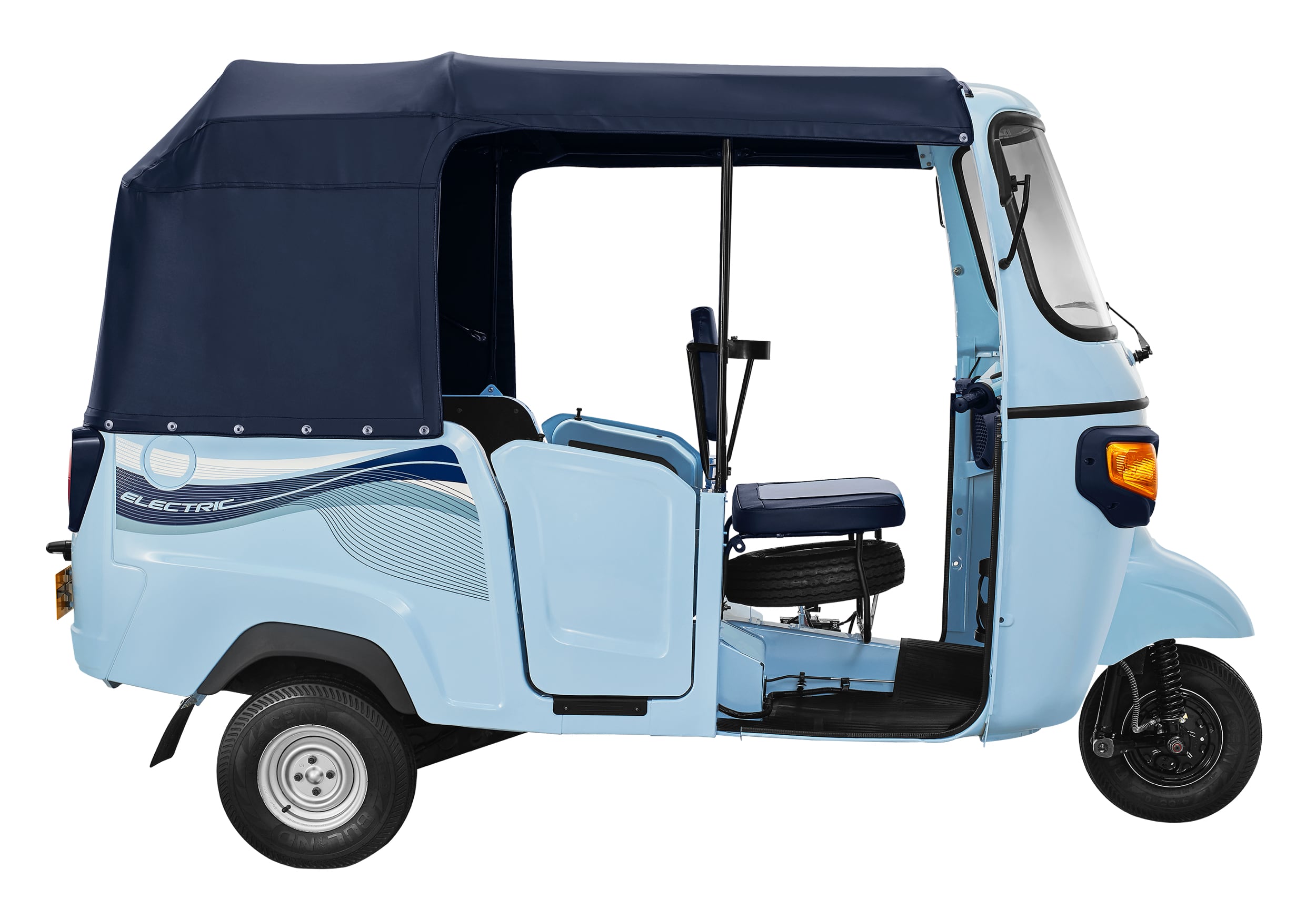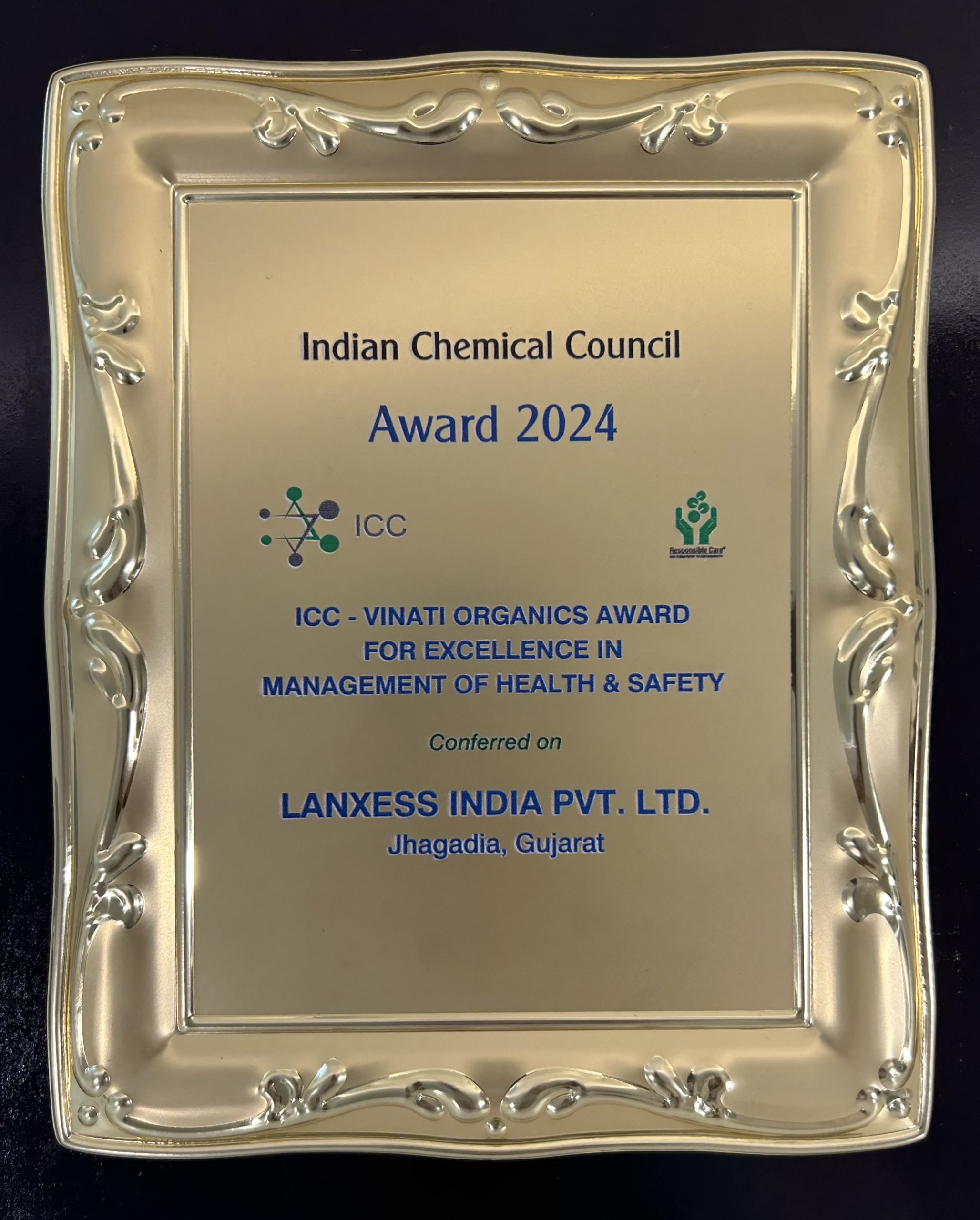Story by: Bhargav TS
Twenty years ago when the Korean car maker Hyundai entered the Indian market, many were sceptical about its competence to succeed. When the company launched its first car Santro on September 23, 1998 all eyes turned to the new tall boy design car, with first in-class features. Sceptics turned to be believers. Its refined, peppy engine and well-finished interiors helped Hyundai Santro script its success story here. To add more flavour to the Santro, Hyundai roped in the then rising Bollywood star Shahrukh Khan, who had just started on his journey with films like Dilwale Dulhaniya and Kuch Kuch Hota Hai.
Hyundai understood the Indian market and approached it with humility and honesty, cared for the Indian consumers and brought global best-in-class features in its products along with the friendly and helpful sales and service personnel. All these helped the Korean company to grow to be the second largest carmaker in the country in two decades.
Santro has a story. Hyundai India stopped its production in December 2014, though the car has been the bedrock of the brand in India since launch. There was still demand for the car and there were people ready to pay a premium to own it. Santro was axed from the line-up to make way for other, more profitable new cars such as the Grand i10 and the new Elite i20. Even after a year of discontinuity, the name Santro was in the air. Sensing the need and demand the company started to work on its new hatchback, code named AH2. After intensive market study Hyundai developed the new car and took nearly 3 years to complete it. For this AH2 project, the company had invested nearly $100 million in the last 2 years to bring back the ‘All New Santro’.
Y K Koo, MD & CEO, HMIL said, “Since its first launch, Santro created history with its numerous segment-first innovations and became the Complete Family Car for millions of Indians. The all-new Santro is based on 6 key pillars: Modern Stylish Tallboy design, Comfortable and Premium Cabin, New Age technology, Customer-Centric Safety, All Round Performance and Complete Peace of Mind. These make it a game changer and benchmark product in the Indian auto industry.”
After extensive testing and validation, Hyundai unwrapped the covers of the new Santro that has taken a new avatar on October 23, 2018, to carry on from where the older Santro had left off. The product will be positioned in the mid-compact segment, which is currently dominated by market leader Maruti Suzuki’s Celerio, Wagon R and Tata’s Tiago. The overall design theme of the new Santro is based on “Rhythmical Tension” that exudes a Refined yet Sporty Image. It is plotted between the Eon and Grand i10 in the company’s line-up and carries a different design language with LED DRLs and the full-face wide cascading grille. In the previous Santro the Hyundai logo was placed in-between the grill but in the new Santro it is at the top of the bonnet. The headlamps are swept back. With these changes the front has the looks of a sporty, premium car. The side profile of the car has got some nice styling lines, creases and kink in the window line allowing the new Santro to be more edgy. The rear of the car looks nice and neat.
Like its predecessor, the new Santro carries the ‘tall boy’ stance and made only few changes in the specs. Now the length is 3610mm, width is at 1645mm and the height is 1560mm. With the increase in length and width there’s plenty of space inside the cabin. Similar to the other Hyundai cars, the interior of the new Santro looks premium. It gets a dual-tone beige-on-black themed dashboard and the centre of attraction is the design of the air-con vents, first in class features like rear AC vents and a reverse camera.
To ensure a comfortable cabin experience even in the harshest Indian summers, it comes with a best-in-class 135 cc compressor motor that cools the cabin much faster. The 7 inch touchscreen infotainment system comes with Apple CarPlay, Android Auto and MirrorLink. Being an affordable car there are lot of plastics inside the cabin and the quality levels have gone down. The seats are comfortable, have enough thigh support and have high seating posture. The rear flat seat cushions ensure all 3 passengers can be seated comfortably.
The all-new Santro is powered by a 1.1L four-cylinder petrol engine that produces about 69PS of power at 5,500rpm and 99Nm of torque at 4,500rpm. Hyundai will also offer a factory-fit CNG option with this engine, albeit with an 59PS/84Nm tune. The previous Santro buyers loved the combination of space, price and efficiency it offered. Now Hyundai wants to widen its scope by making it easier to drive and live with by offering an automatic gearbox with a single clutch. Known as an AMT, the single clutch automatic is perfectly suited to do duty here as it is inherently more efficient than regular automatics, and is also more affordable. The new Santro has a manual mode as well.
In the Hyundai test track at the Sriperumbudur factory we drove the AMT version and were very impressed with the performance. Once you crank the engine it idles smoothly. The newly developed AMT gets the electric actuation as against hydraulic and that makes relatively smooth and jerk-free. The new transmission is so smooth that a common man can’t say whether it is AMT or CVT. This AMT takes off as soon as you press the accelerator, making it nice to drive in city traffic. However, there is a bit of jerkiness, as on all AMTs, but Hyundai seems to have improved the manner in which the gearbox and engine work together. Considering the other AMTs in the market, this AMT performs very well especially when the gears go down, it moves quite smoothly. The shifts seem a bit smoother and the speed with which the gears engage manually when you push on the lever seems to be a bit quicker.
The new Santro is built on a new platform along with the application of 63% Advanced High Strength Steel (AHSS) along with High Strength Steel (HSS), helping to achieve prominent static and dynamic stiffness with improved structural connectivity. Additionally standard ABS with EBD and driver airbag provides uncompromised safety.
The B-segment has seen Maruti loses its dominance over it with the Renault Kwid being successful which opened the segment to new players. While Hyundai has strong products in other price points, its B-segment challenger, the Eon, hasn’t been competitive enough. Hyundai is hoping this new car gives it a better shot and targets to sell at least 10,000 cars every month.












Leave a Reply